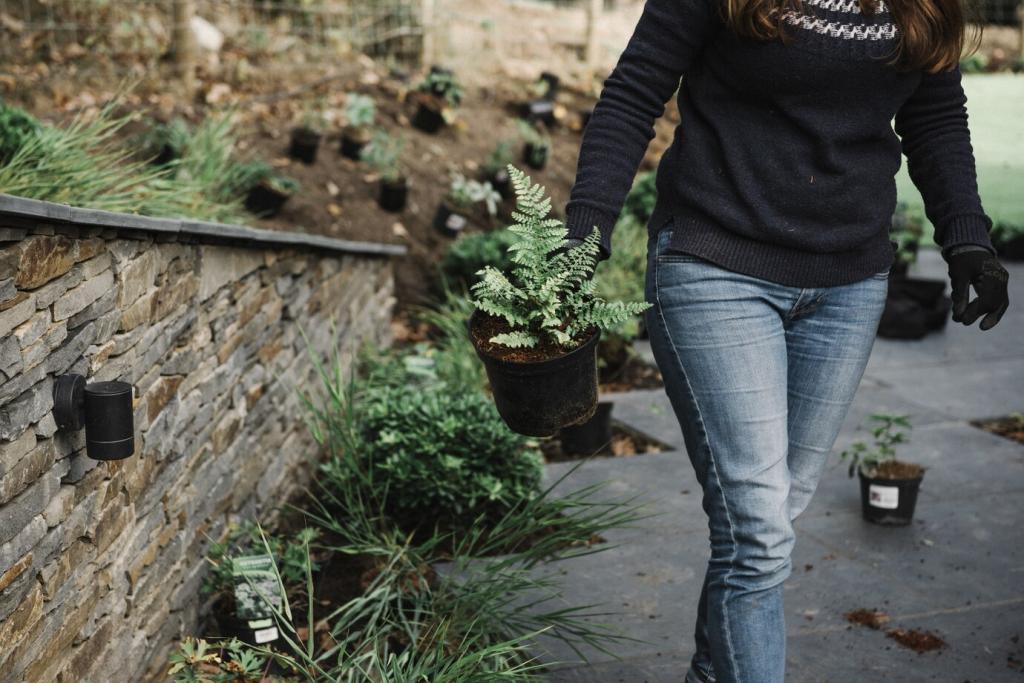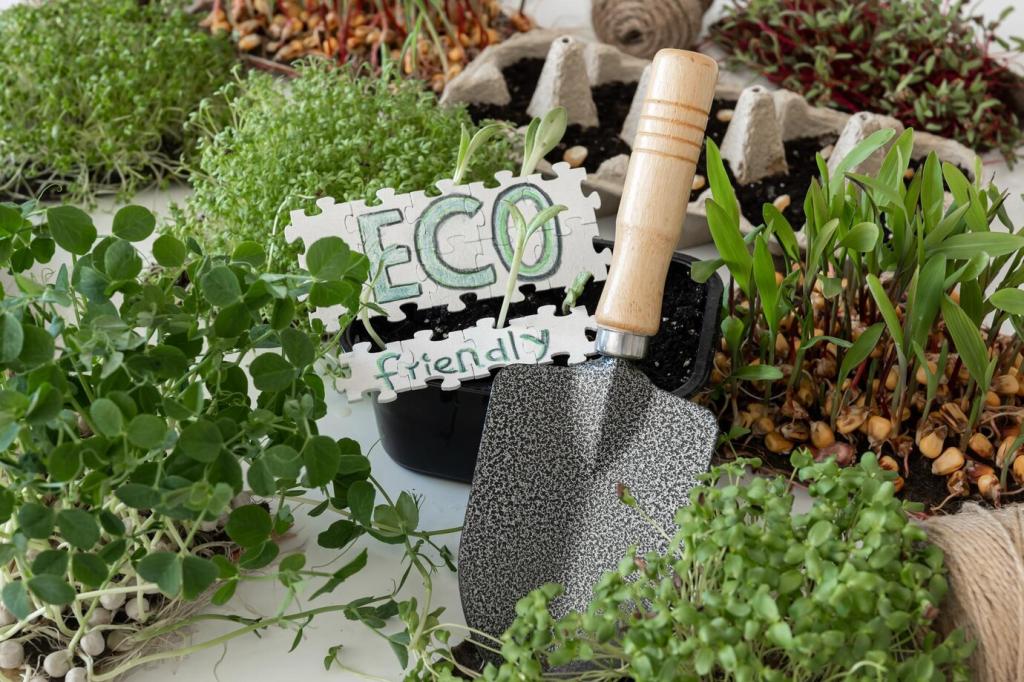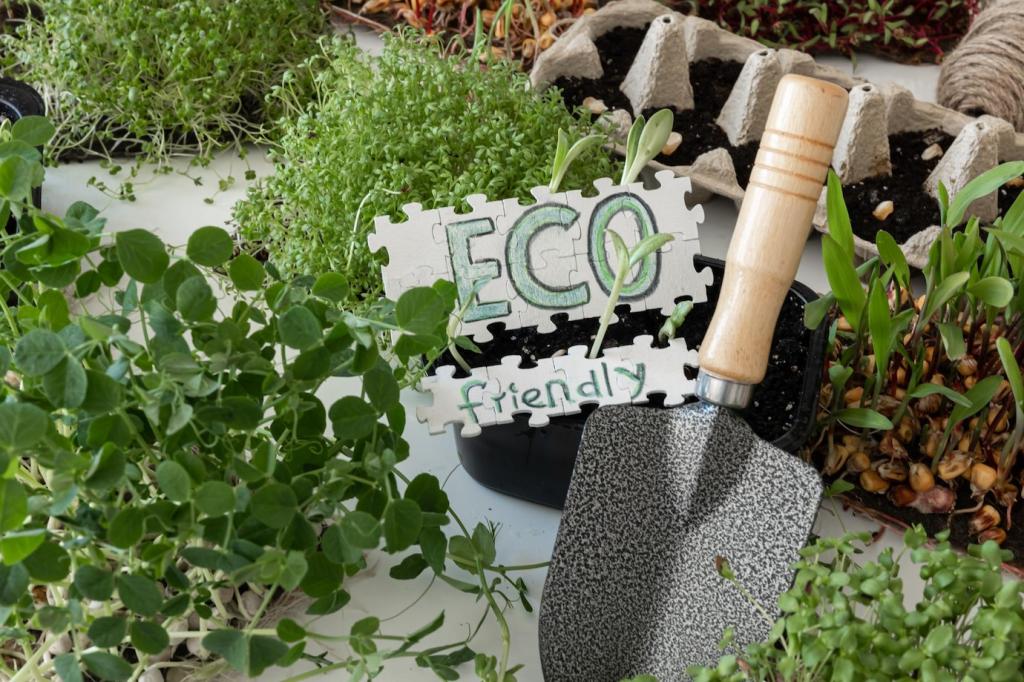
Water Wisely: Efficient Irrigation Practices for Sustainable Gardens
Chosen theme: Efficient Irrigation Practices for Sustainable Gardens. Welcome to a space where every drop matters, plants thrive with precision, and your garden becomes a model of resilience. We’ll blend science, practical tips, and real stories to help you irrigate smarter, not harder. Share your questions, subscribe for weekly insights, and let’s grow sustainably—together.
Know Your Garden’s Thirst
Sandy soils drain quickly and need shorter, more frequent runs; clay soils hold water longer but require slower application to prevent runoff. Loam balances both. Do a jar test, then tailor irrigation to the infiltration rate you observe on site.
Designing a Drip System That Works

Use a backflow preventer, filter, pressure regulator, mainline tubing, and emitters matched to plant needs. Drip can reduce water use by roughly 30–70% compared to overhead sprinklers. A clean filter and correct pressure keep emitters consistent and efficient.

This is the heading
Lorem ipsum dolor sit amet, consectetur adipiscing elit. Ut elit tellus, luctus nec ullamcorper mattis, pulvinar dapibus leo.

This is the heading
Lorem ipsum dolor sit amet, consectetur adipiscing elit. Ut elit tellus, luctus nec ullamcorper mattis, pulvinar dapibus leo.

Build a Sponge: Soil Health and Mulch
Incorporating well-finished compost improves aggregation and water-holding capacity, helping roots access moisture longer between cycles. Many gardeners report fewer watering days after boosting organic matter. Blend gently to preserve structure, then reassess irrigation intervals.
Sizing your rain catchment
A simple estimate: one inch of rain on 1,000 square feet yields about 623 gallons. Use this to size barrels or cisterns, plan overflow to swales, and align storage with your garden’s weekly irrigation budget.
First-flush and filtration safety
Install a first-flush diverter to route initial roof wash-off away from tanks, add screening to block debris, and seal lids to deter mosquitoes. Always follow local codes and keep non-potable lines clearly labeled for safety.

Monthly water audit
Walk zones while they run to spot pinhole leaks, clogged emitters, or crushed tubing. Compare plant appearance to schedule assumptions. Log tweaks in a notebook so you can track improvements across seasons.

Seasonal transitions and winterizing
Before freezes, drain lines or blow them out gently. In spring, re-pressurize, check pressure regulators, and replace tired gaskets. A quick refresh each season sustains uniform distribution and keeps plants comfortably watered.

Troubleshooting dry spots and puddles
Dry patches may signal insufficient emitters or poor placement; puddles point to flow too fast for your soil. Adjust rates, move lines outward as roots spread, and retest until distribution looks balanced.
Stories, Community, and Next Steps
Mia in a hot, dry climate switched to drip, added mulch, and installed an ET controller. Within two months, her water bill dropped dramatically while tomatoes stayed lush. Her success began with one weekend of careful planning.
Stories, Community, and Next Steps
Hydrozone one area, add two inches of mulch, and set a dawn watering window. Then enable a rain skip on your controller. Report back with results so we can troubleshoot and celebrate together.

